
After we went diving on the world’s second largest reef the day before, we spent the next day at Tulum’s archaeological site and then went for some more diving. This time in one of the fresh water caves that are dotted all over the Yucatan peninsula called cenotes. These are caves and caverns created by the erosion of the soft limestone that Yucatan is made out of. In the last millenia they have been submerged and are now water caves.
Tulum holds the ruins of an old Mayan city right on the Riviera Maya. The site is small but its proximity to the beach makes it one of the more spectacular ruins. We arrived early in Tulum in order to get some nice pictures without crowds, not to mention to avoid the noon heat (which starts around 10am).
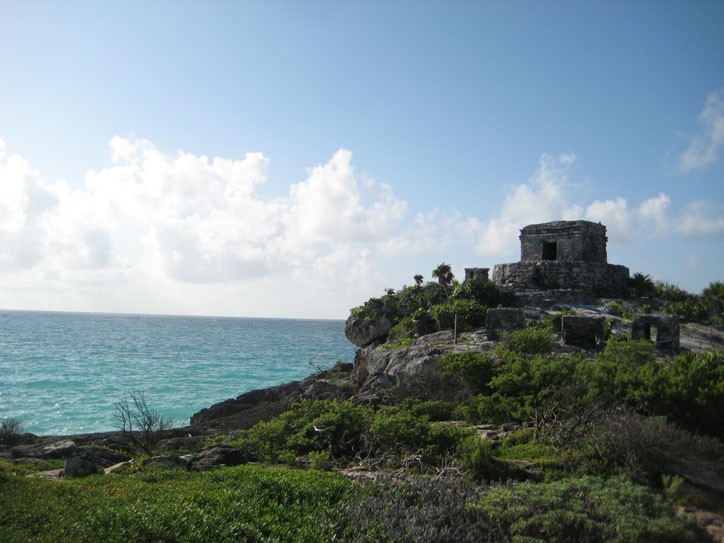
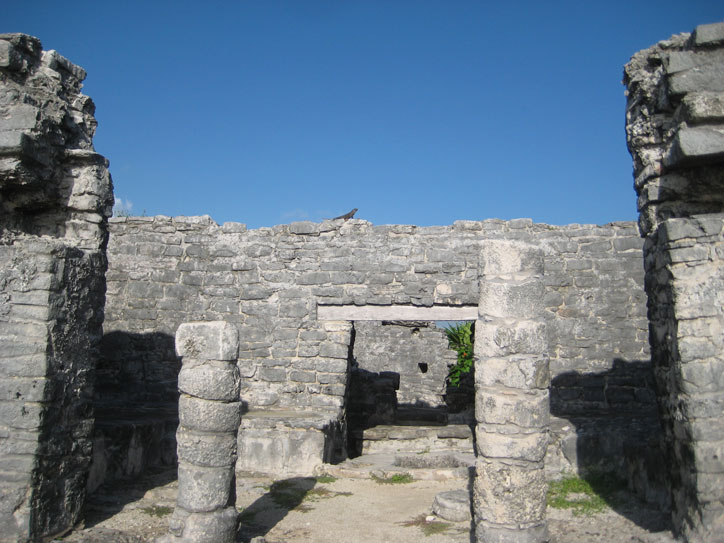

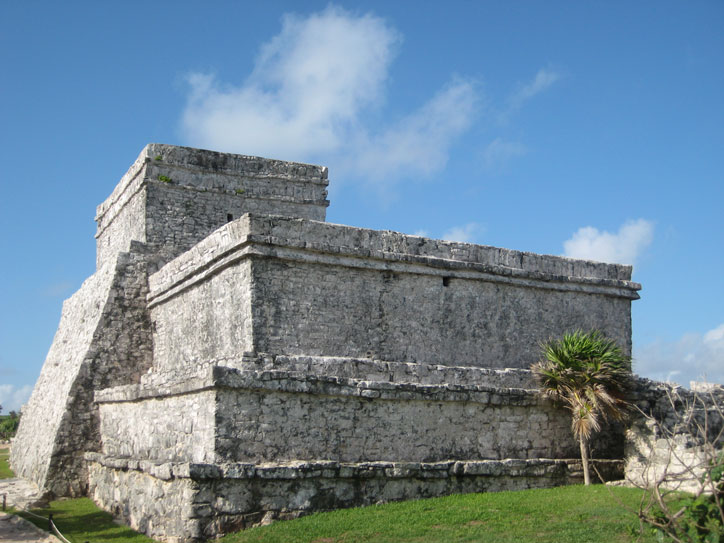
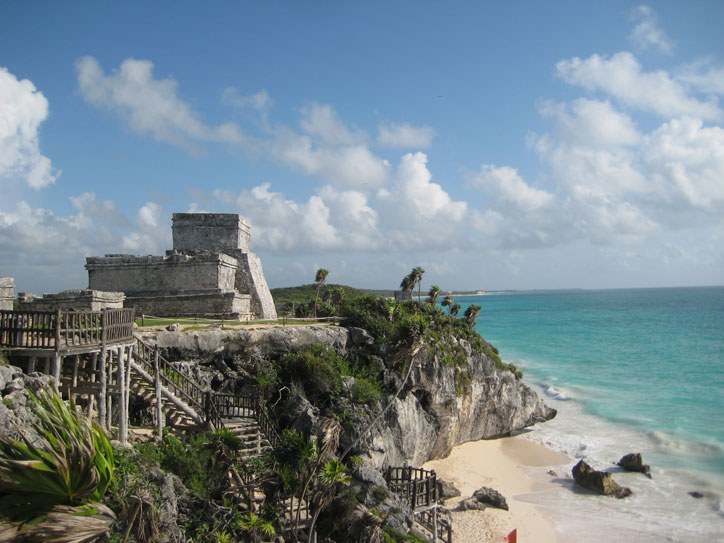
Then to cool off it was on to our cenote dive. With a number of cenotes available for diving we picked the one recommeneded by Greg, the dive shop owner in Sarasota. It’s called Dos Ojos thanks to its two large cave openings that give access to the cave system at opposite ends. We booked a guide and equipment from Hidden Worlds and were driven over to the secret bat cave entrance in a vehicle that should really get a spot on this blog.
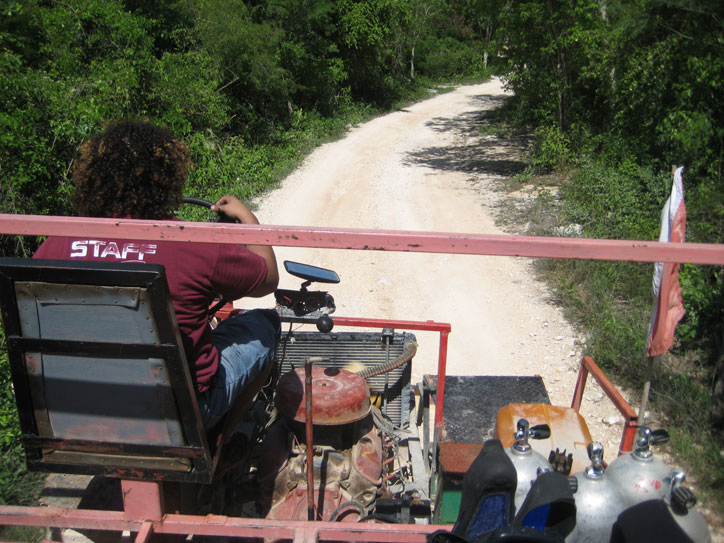
Because Hidden Worlds has an agreement with the national parks, they are the only ones with access directly to this entrance. Other cave vistors snorkel or dive to the bat cave.
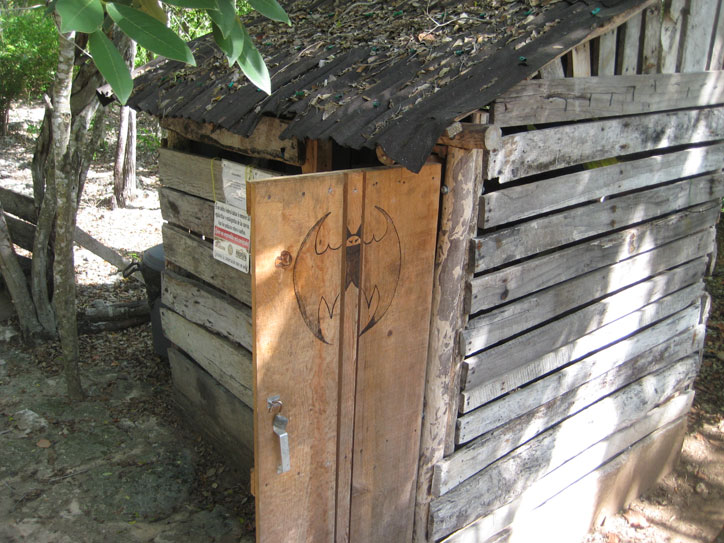
After lowering our gear into the cave via a pulley system and admiring the bats that flitted around the cave, we got into the crystaline water. Due to the pure nature of the water the visibility is perfect and at times it feels like your dive buddy is floating inside the cave and not actually underwater. Cavern diving requires that you stay relative close to surface access. Because there where only three possible points (the dos ojos and the bat cave) we went in small loops around the cave system for approximately one hour. Although the distance travelled was minimum, the darkness and myriad route possibilities create disorientation and at least a sense of seeing new areas all the time.
The cave contains a few small fishes and a deep section at 10 meters where the salt water mixes with the clear water causing a haze and blur, like a strong heat haze off a highway. We also enjoyed swimming around stalagmites and hiding our flash lights to view the sun light coming in through the cave openings. A few expert cave divers, with two tanks, headed deep into the cave system that is full of possibilities as it runs for over 60 km.
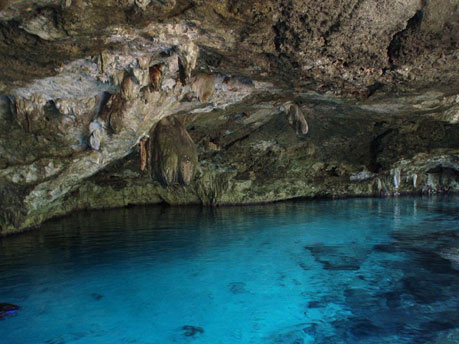
Photo courtesy of Wikipedia
Afterwards we went for lunch at one of the mega resorts along the Riviera Maya, Puerto Aventura, which is really not our style but we heard that you could watch dolphins being trained right next to the restaurants. And they had excellent enchilladas and quesadillas!

For those not into the underwater world, rejoice because we’re now taking a break from diving for a few weeks and will head deeper into the jungle to look for pyramids.
